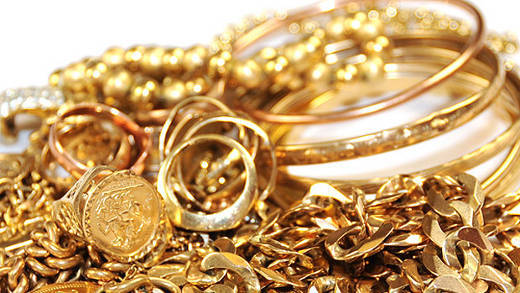Exploring the Process of Gold from Raw Material Mining to Commerce Delivery
Wiki Article
Au has been a valuable asset for millions of years, appreciated not only for its aesthetic appeal but also for its functional value in various sectors. The journey of gold begins with raw material extraction, a procedure that involves mining. Miners prospect for gold concentrations in the earth, which can be found in different shapes such as nuggets or grains associated with other minerals. There are several methods of mining, including placer mining and hard rock mining. Placer mining involves locating gold in alluvial deposits, while hard rock mining requires digging deep into the ground to remove gold-bearing rocks. Both methods can be labor-intensive and require careful preparation to be successful.
Once the ore is removed from the ground, it must be handled to separate the gold from other substances. This operation usually starts with crushing the ore into small pieces, making it easier to process. After crushing, the ore is treated with agents to leach the gold. One common technique is using cyanide, which attaches to gold and allows it to be recovered from other minerals. This step is essential because it enhances the refinement of the gold and prepares it for further treatment. The remaining substances are discarded as tailings, which informative post must be managed properly to avoid environmental damage.
After the gold is removed from the ore, it goes through refining to achieve a higher level of quality. This step often involves fusing the gold at extreme heat to remove defects. Various techniques can be used for refining, including electrolytic refining and oxidative refining. Electrolysis uses electrical currents to separate impurities from refined gold, while cupellation involves subjecting gold in a refining furnace that oxidizes unwanted materials. The final product is typically 99.9% refined gold, ready for use in luxury goods, technology, and other applications.

Once refined, gold is formed into bullion or rounds before being supplied to exchanges around the world. Gold bullion are commonly used by financial institutions as a form of reserve asset or reserve asset. Rounds are often manufactured for numismatists or general distribution, depending on their design and uniqueness. Distribution channels include distributors and vendors who sell gold products to end users. The cost of gold varies based on consumer demand and supply drivers, affecting how it is sold and traded internationally.
The entire process of gold from raw material recovery to market distribution highlights the sophistication of this precious metal's production cycle. Each step requires expertise and expertise to click to find out more ensure that the final commodity meets performance criteria and satisfies buyer expectations. Grasping this journey not only reveals how coveted assets are obtained but also underscores the importance of environmentally sound mining that protect both communities and the natural surroundings. As the appetite for gold continues around the globe, understanding this cycle ensures that we recognize its value beyond mere appearance, highlighting its importance in our global infrastructure and society.